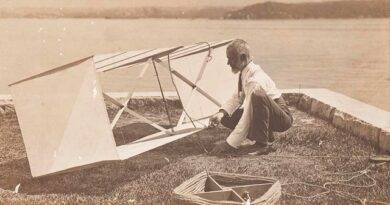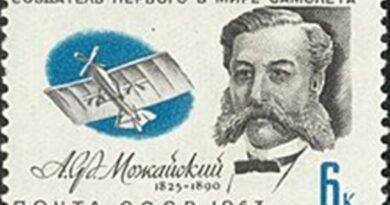Dagoberto Godoy: The Chilean Aviator Who Conquered the Andes
Dagoberto Godoy is celebrated as a pioneer in Chilean aviation. His monumental achievement of flying across the Andes Mountains on December 12, 1918. It was a major milestone in early aviation history. Godoy’s story is one of determination, bravery, and technical skill. His flight demonstrated both the potential of modern aviation and Chile’s place in this rapidly advancing field.
Early Life and Military Career
Dagoberto Godoy was born on July 22, 1893, in Temuco, Chile. Orphaned as a child, he was taken in by his maternal aunts. They initially urged him to consider a religious path. However, Godoy was drawn to the skies, and in 1910, he entered the Military School of Chile. He joined the newly established Chilean Aviation Service in 1915 and trained as a military pilot (Wikipedia, Aero-Naves). By 1916, he was competing in international aviation events, earning recognition for his skill and courage (San Diego Air & Space Museum).
The Historic Flight Across the Andes
The Chilean government, in its efforts to modernize the military’s aviation capabilities, purchased several Bristol M.1C monoplanes from Britain after World War I. The Bristol M.1C was known for its speed and maneuverability, though it had not been widely adopted during the war. In Chile, it found new life as part of the military’s aviation arsenal (Wikipedia, San Diego Air & Space Museum).
On December 12, 1918, at 5:30 AM, Godoy took off from El Bosque airfield in Santiago. He piloted a Bristol M.1C, powered by a 110-horsepower engine, with a mission to cross the Andes, a feat never before attempted by an aviator. Godoy’s route took him over the Cristo Redentor Pass, navigating near the Tupungato volcano and the towering Aconcagua Mountain, the highest peak in the Americas(Wikipedia, Aero-Naves).
During the 90-minute flight, Godoy reached an altitude of 6,300 meters (over 20,000 feet) in an open-cockpit aircraft with no heating or oxygen supply. The thin air and freezing temperatures posed serious dangers, but Godoy successfully navigated through these challenges. He safely landed near Mendoza, Argentina, though his aircraft suffered damage upon landing. Godoy survived with minor injuries, becoming an instant national hero(San Diego Air & Space Museum, Aero-Naves).
Impact and Legacy
Godoy’s success had a profound impact on the aviation world. His flight proved that it was possible to navigate treacherous mountain ranges like the Andes, inspiring further developments in long-distance aviation. His achievement also solidified Chile’s position as a rising power in military aviation. Shortly after his flight, other Chilean pilots, including Lieutenant Armando Cortínez Mújica, followed in his footsteps, further proving the reliability of the Bristol M.1C in high-altitude flights (San Diego Air & Space Museum).
Godoy was honored with a promotion to captain and became a key figure in Chile’s aviation community. He continued to serve in the military until 1924 and was later recognized with honorary ranks within the Chilean Air Force (Wikipedia).
Conclusion
Dagoberto Godoy’s 1918 flight across the Andes remains a significant chapter in aviation history. His bravery and skill as a pilot, combined with the capabilities of the Bristol M.1C, demonstrated the potential of early aircraft to conquer natural barriers once thought insurmountable. Today, Godoy is remembered as a trailblazer who helped shape the future of aviation in Chile and beyond. His legacy endures as an example of the daring spirit that drives aviation forward.
Biography Info:


